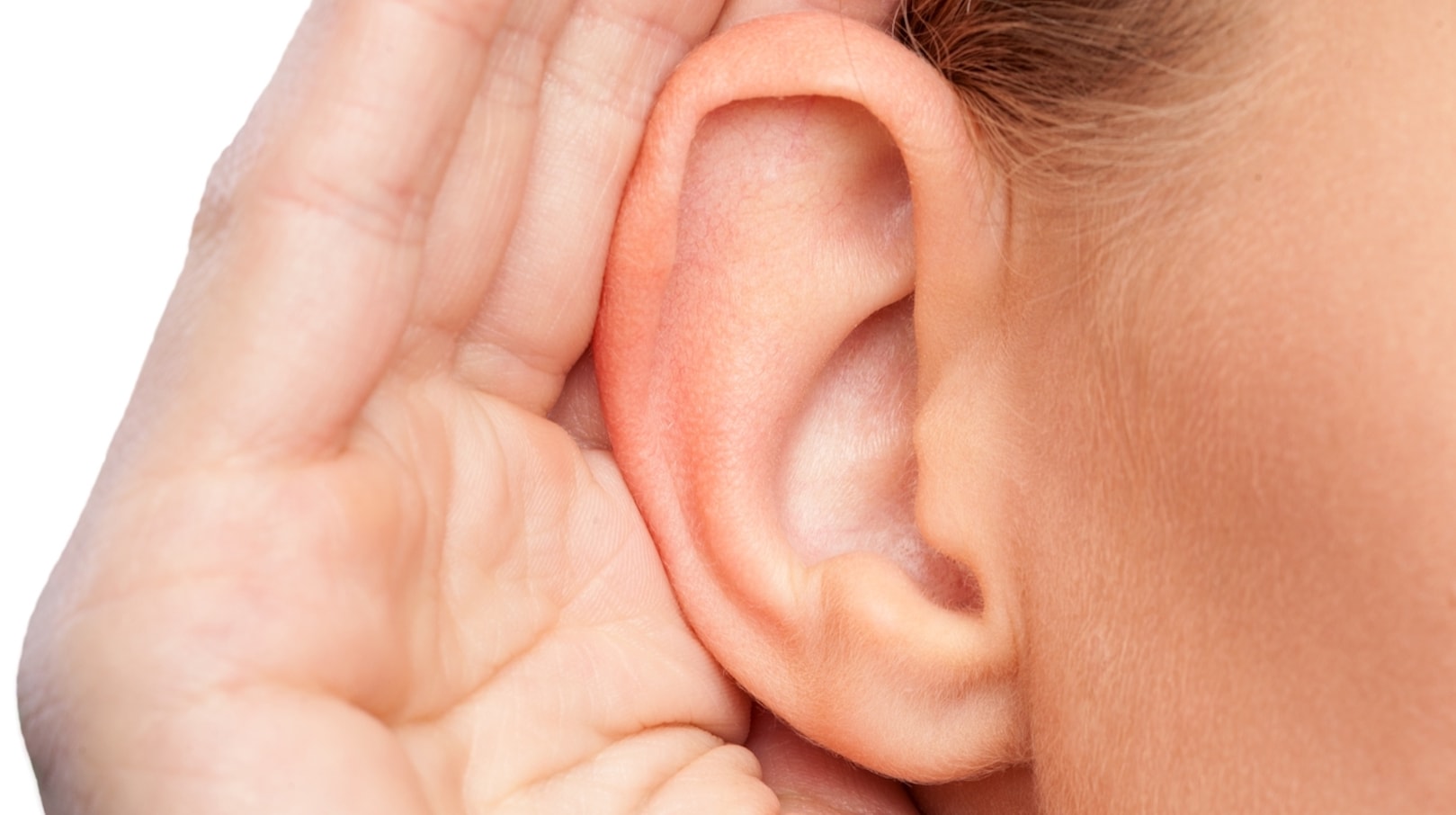

Ear pinning, also known as traditional otoplasty or pinnaplasty, is performed when a surgeon recreates certain anatomical structures in the ear to give a more aesthetic appearance. Ear pinning occurs when the doctor pushes the ears back towards the head so they are no longer sticking out in an awkward position. Many individuals are unhappy with the shape or size of their ears starting as early as their childhood. They might also feel that the ears stick out more than they like or they have a droopy or asymmetrical appearance. Ear pinning can have a dramatic impact on the appearance and the self-esteem and confidence of a patient.
These conditions make a person a GOOD CANDIDATE for ear pinning:
There are not many age restrictions when it comes to ear pinning. However, children under the age of four are usually not good candidates as their ears are still growing. Children normally have the procedure starting at the age of six (or above) because that is the age when the ears have developed to a size that is somewhat close to an adult ear.
The surgery can be done completely under local anesthesia. If the patient is afraid of having it performed while awake, he or she can choose to have it done under general anesthesia.
The surgeon begins the procedure by making an incision behind the ear in order to expose the cartilage. Any excess skin is removed and the cartilage is reshaped. If necessary, the ear is then repositioned closer to the head before the incision is closed with sutures or stitches. Patients with protruding ears have their ears positioned more closely to the sides of their head.
The techniques used to perform ear pinning can be divided into two groups:
Patients who need otoplasty to correct injuries and deformities can have reconstructive ear surgery to treat issues caused by:
Reconstructive ear surgery uses reconstructive methods, along with surgical techniques such as skin grafts and cartilage from other parts of the body, to make an ear that is natural in appearance.
Newborns can undergo a procedure known as ear molding during the first few weeks of life. It is for patients whose ears have not really unrolled. Some people are born with the rim of their ears kind of scrunched in or unraveled. They can have moldings taken to push the ear into its ideal shape. If this process is started during the first few days of life, the patient may not ever need surgery.
The cost of ear pinning depends on the amount of work performed by the surgeon and if cartilage scoring or cartilage sparing is used during the procedure. In general, the cost of ear pinning is between $2500-$5500. Some of the cost might be covered by insurance if the surgery is deemed to be medically necessary.
In terms of the procedure itself, there is not a lot of RECOVERY involved. There is about a week of bruising and a few weeks of swelling. Depending on the patient, he or she might want to hide their ears for three or four weeks. Besides the swelling and bruising, there might be some temporary pain but it will pass on its own.
Once the surgery is performed, the head of the patient will be wrapped with cotton bandages that are heavily padded for a few days. After those bandages are removed, the patient will need to wear a lighter bandage for another few days. The total bandage wearing time is about a week. The patient will then need to wear a soft headband in order to cover the ears and keep them in their correct position. The doctor will determine the amount of time necessary for wearing the headband.
In general, the results of ear pinning are permanent. There is a small chance for the ears to revert back to where they were before the surgery but using permanent sutures helps minimize that complication. Overall, if a patient passes the six month mark without any sign of the ears reverting to their original position, the patient no longer has to worry about the ears reverting.
While ear pinning can provide excellent results, there are a few LIMITATIONS patients should be aware of before having the surgery:
Ear pinning can give a patient relief from ears that stick out too far due to a variety of reasons. While ear pinning can give ears a more aesthetic appearance, there are limitations as to how much of a change can be made to the appearance of the ears. Patients should consult with an experienced surgeon to determine how much of a change can be made and if they are an ideal candidate for an ear pinning procedure. Find a doctor near you and schedule a consultation.
Written by Cosmetic Town Editorial Team – MA
Based on an exclusive interview with Sheila Nazarian, MD in Beverly Hills, CA